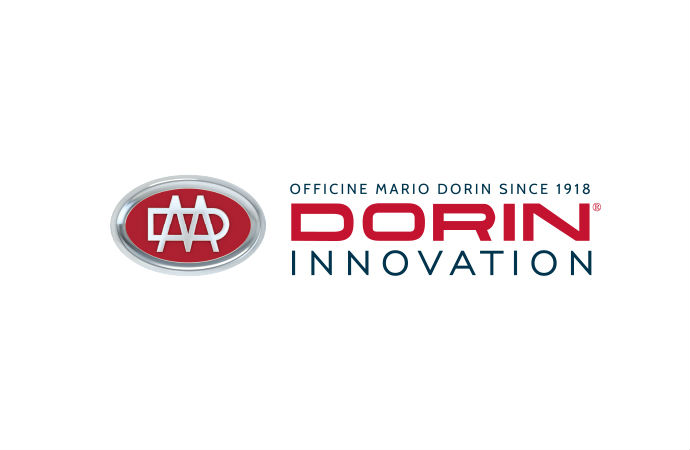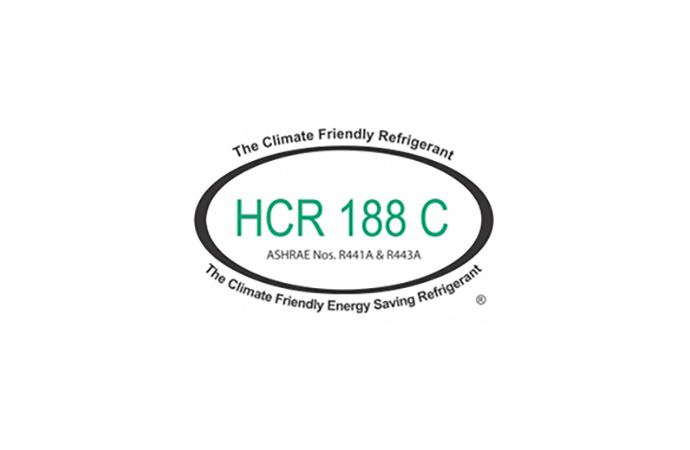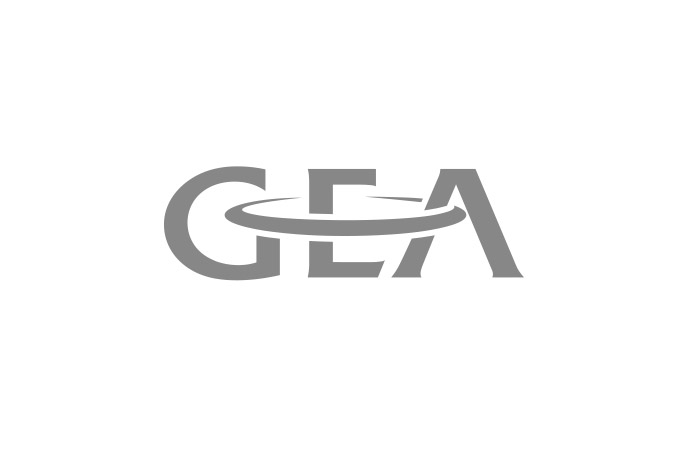A new article in the Argentine newspaper La Nacion lent support to hydrocarbon refrigerators, and the contribution they can make to reducing energy consumption and greenhouse gas emissions (GHGs). The leading Latin American HVAC&R portal also recently evaluated the future of hydrocarbons.

Whilst hydrocarbon refrigerators are widely accepted in Europe, where isobutane has become the norm, the technology has been slower to enter the North and South American markets. Progress is only now being made in countries like Brazil and Argentina.
Greenfreeze technology recommended
One of the leading Argentina newspapers, La Nacion, recently carried an article referring to Greenfreeze technology, a hydrocarbon blend of isobutene and cyclopentane, which was originally supported by Greenpeace in the early 1990s. The refrigerant is both ozone and climate friendly with a low ozone depletion potential (ODP and low global warming potential (GWP). Helping to raise awareness of the technology, the September 2011 article carried a quote from Enersto Boerio, Climate Change and Energy campaign coordinator for Greenpeace Argentina.
“Isobutane is a natural gas. Emissions of isobutane remain in the atmosphere for a very short time, only a few days. It does not have the time to cause damage because it disappears”, said Mr. Boerio.
It was the European Greenfreeze breakthrough that eventually inspired several Argentine companies to start producing hydrocarbon refrigerators. However, of those that initially switched to hydrocarbons, few were successful. One of those was Autosal, which produces the brands Columbia and Koh-i-noor. The company initially invested €1.5 million in the conversion of its production plant, €800,000 of which came from the Montreal Protocol Multilateral Fund (MLF).
According to Guillermo Moro, Marketing Manager for Autosal, apart from a gas leak detection system, the production plant producing the isobutane and cyclopentane fridges does not require significantly different safety measures when compared to other refrigerator plants.
Hydrocarbon fridges rate highly under energy labelling scheme
Since 2006 energy labelling of domestic appliances, such as refrigerators has been mandatory in Argentina. The labelling system classifies energy efficiency from A to E, with A being the most energy efficient products and E the least. Hydrocarbon refrigerators rate highly under the system, saving between 17% and 39% energy compared to other available technologies.
The effect of fridges on Argentine energy consumption and greenhouse gas emissions is far from negligible, and the energy labelling is helping to steer consumers towards more efficient products. According to electrical engineer Carlos Tanides residential energy consumption is responsible for 25% of the country’s energy consumption, and refrigerators are responsible for 30% of the energy consumed in the residential sector.
Hydrocarbons yet to enter markets other than domestic refrigeration
Despite their obvious advantages in Argentina hydrocarbon refrigerants have yet to be used in applications other than domestic refrigerators. Their flammability still causes concern.
The situation is slightly different in Uruguay. According to Roberto Marvi of the Uruguayan Ozone Unit whilst isobutane and cyclopentane is now often found in new fridges, isobutane/ propane mixes are also used in some converted air conditioning systems. This is partly because of the similar thermodynamic properties the hydrocarbons have to the original air conditioning refrigerant R12. However, Mr Marvi points out that system retrofits should respect safety norms.
Finally, the growth in Uruguay in commercial refrigeration has not yet been accompanied by investment in hydrocarbon commercial display cabinets, says Mr Marvi. This is likely due to restriction in the allowable charge.
MORE INFORMATION
Related stories


















